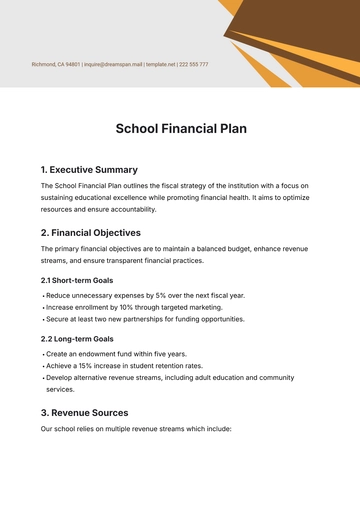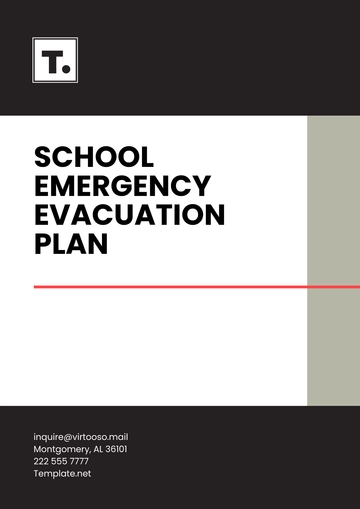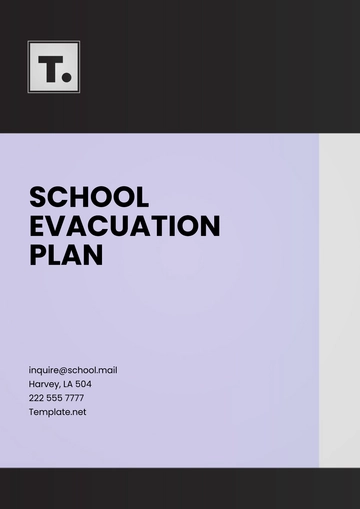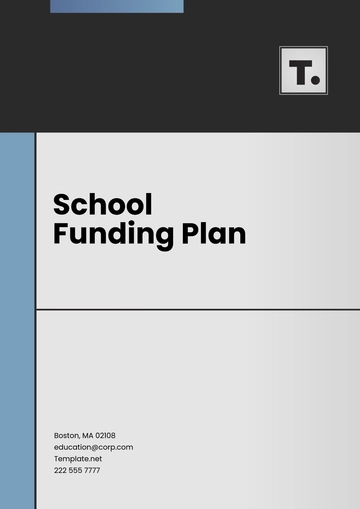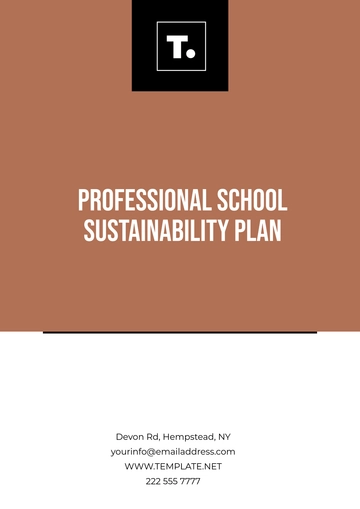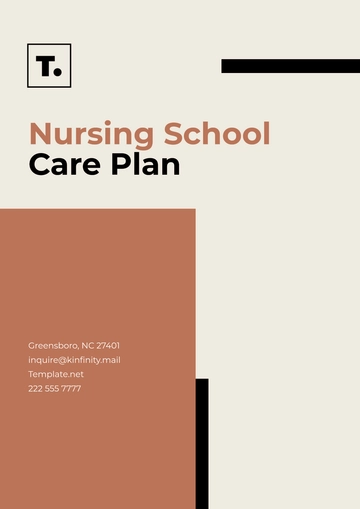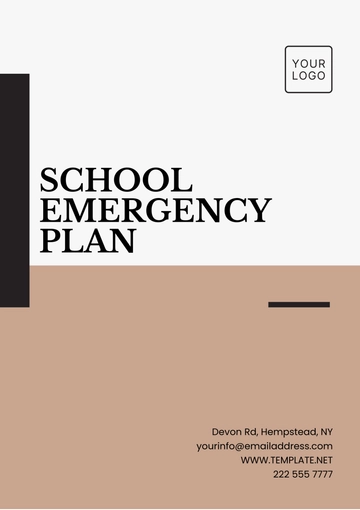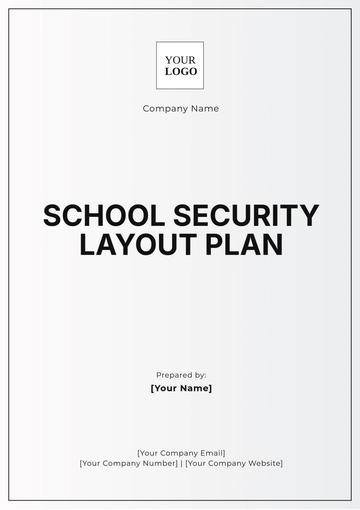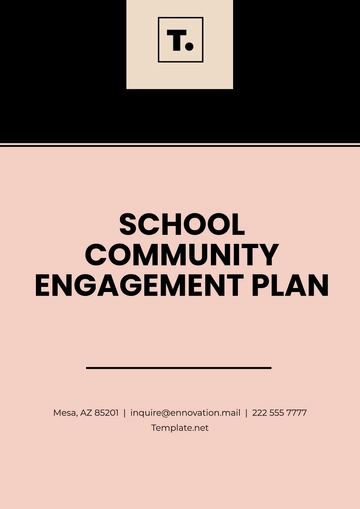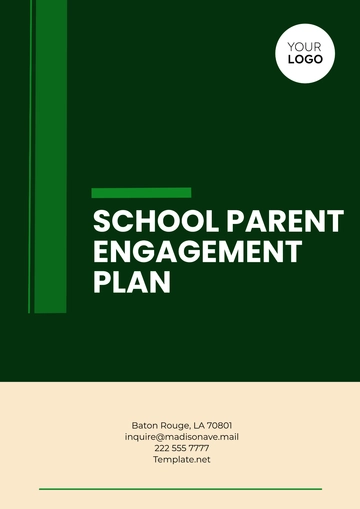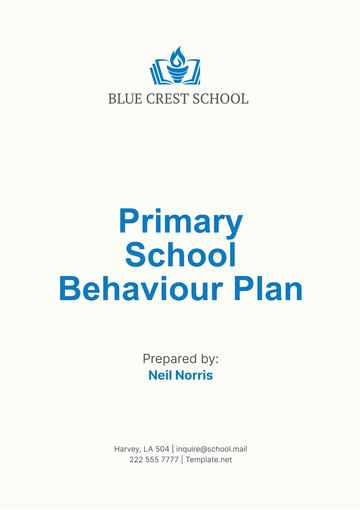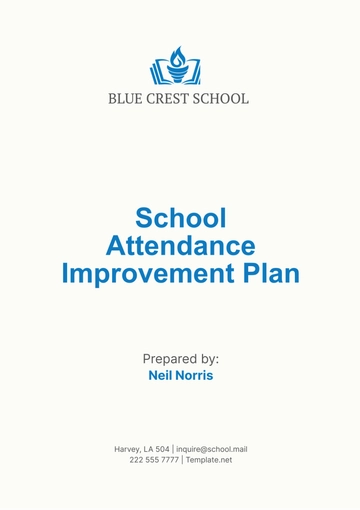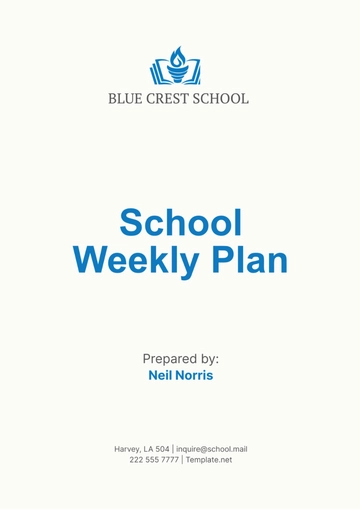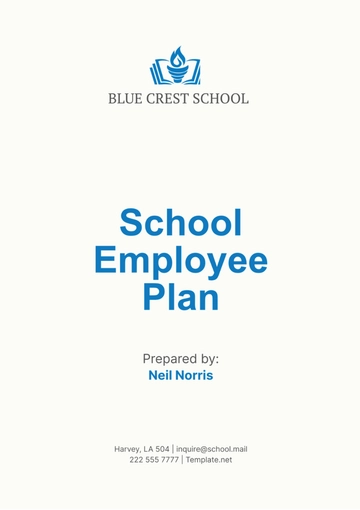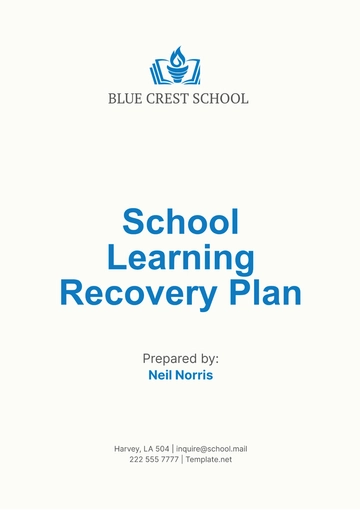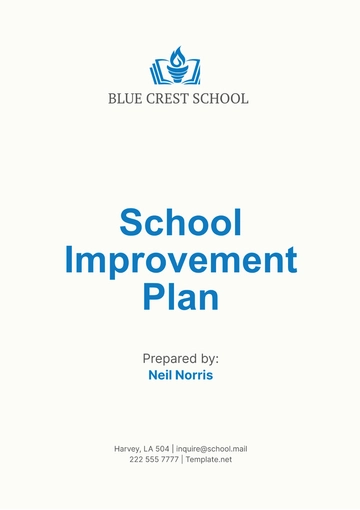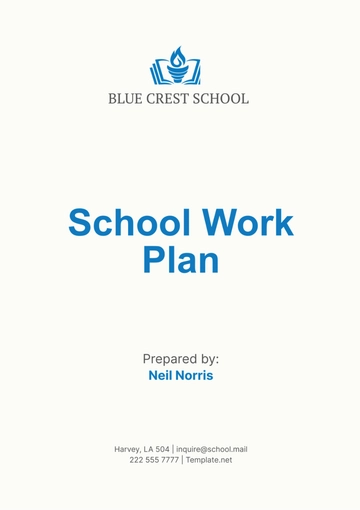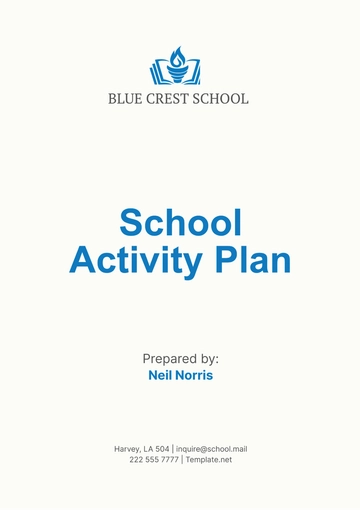Free School Growth Plan
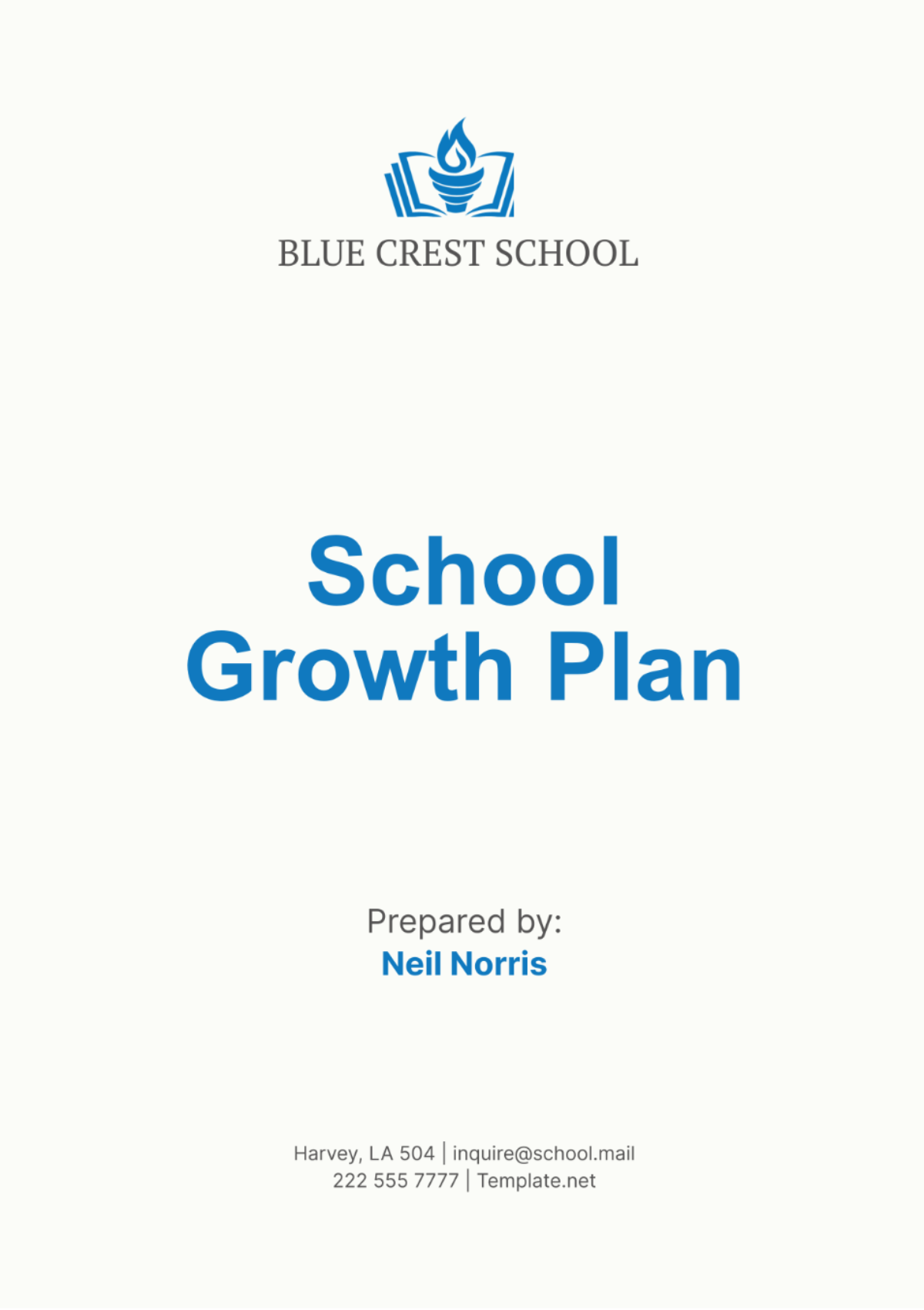
School Name: [Your Company Name]
School Year: 2050
Principal/Administrator: Dr. [Your Name]
Mission and Vision Statement
Mission: To empower students with 21st-century skills, critical thinking, and emotional intelligence in a safe and nurturing environment.
Vision: To create a learning community where every student thrives as a responsible global citizen equipped to excel in a rapidly changing world.
Goals for Growth and Improvement
1. Academic Achievement
Objective: Increase student proficiency in STEM subjects.
Target: 85% of students to achieve “Proficient” or higher on the 2050 National STEM Assessments.
Action Plan:
Launch a robotics and coding program for grades K-12.
Integrate virtual reality (VR) simulations into science and math curricula.
Provide weekly tutoring sessions for struggling students.
Resources Needed: VR equipment, coding software, and qualified STEM tutors.
Evaluation: Monthly progress tests and year-end STEM assessment results.
2. Student Well-being
Objective: Foster emotional resilience and mental health.
Target: Decrease student stress-related incidents by 30% by December 2050.
Action Plan:
Provide daily mindfulness sessions during homeroom.
Train all staff in mental health first aid.
Establish a confidential student support hotline.
Resources Needed: Meditation apps, external mental health consultants, and hotline infrastructure.
Evaluation: Regular well-being surveys and incident reports.
3. Staff Development
Objective: Cultivate a culture of lifelong learning among teachers.
Target: 95% staff participation in future-focused professional development by August 2050.
Action Plan:
Offer AI-powered teaching workshops to enhance instruction.
Implement a peer-coaching system for sharing best practices.
Sponsor attendance at international education conferences.
Resources Needed: AI tools, training budgets, and travel allowances.
Evaluation: Attendance records and post-training feedback reports.
4. Community Engagement
Objective: Strengthen partnerships with families and local organizations.
Target: 25% increase in family and community event participation by the end of 2050.
Action Plan:
Host monthly webinars to educate parents about supporting their children’s education.
Develop a collaborative partnership with local businesses for internships and funding.
Organize a “Future Fair” showcasing student projects and community innovation.
Resources Needed: Webinar platforms, event logistics, and sponsorship coordination.
Evaluation: Attendance logs and participant feedback surveys.
Timeline
January-March 2050: Conduct baseline assessments and set up new programs.
April-June 2050: Launch initiatives and host the first community event.
July-September 2050: Conduct mid-year reviews and adjust strategies as needed.
October-December 2050: Complete year-end assessments and prepare growth plan report for 2051.
Budget
Estimated Total Cost: $500,000
Academic resources: $150,000
Staff training: $100,000
Student well-being initiatives: $120,000
Community events and partnerships: $130,000
Evaluation and Reporting
Monitoring Progress: Monthly progress meetings with department leads.
Final Report: Comprehensive year-end evaluation, submitted December 20, 2050, including recommendations for the 2051 growth plan.
Approved by: Dr. [Your Name], Principal
Date: January 3, 2050
- 100% Customizable, free editor
- Access 1 Million+ Templates, photo’s & graphics
- Download or share as a template
- Click and replace photos, graphics, text, backgrounds
- Resize, crop, AI write & more
- Access advanced editor
Improve school outcomes with the School Growth Plan Template from Template.net. This editable and customizable template, powered by an intuitive AI Editor Tool, streamlines strategic planning. Tailor academic, social, and community goals effortlessly. Foster collaboration and innovation with clear, achievable milestones. Elevate your school’s future with a comprehensive, data-driven approach to continuous improvement.
You may also like
- Finance Plan
- Construction Plan
- Sales Plan
- Development Plan
- Career Plan
- Budget Plan
- HR Plan
- Education Plan
- Transition Plan
- Work Plan
- Training Plan
- Communication Plan
- Operation Plan
- Health And Safety Plan
- Strategy Plan
- Professional Development Plan
- Advertising Plan
- Risk Management Plan
- Restaurant Plan
- School Plan
- Nursing Home Patient Care Plan
- Nursing Care Plan
- Plan Event
- Startup Plan
- Social Media Plan
- Staffing Plan
- Annual Plan
- Content Plan
- Payment Plan
- Implementation Plan
- Hotel Plan
- Workout Plan
- Accounting Plan
- Campaign Plan
- Essay Plan
- 30 60 90 Day Plan
- Research Plan
- Recruitment Plan
- 90 Day Plan
- Quarterly Plan
- Emergency Plan
- 5 Year Plan
- Gym Plan
- Personal Plan
- IT and Software Plan
- Treatment Plan
- Real Estate Plan
- Law Firm Plan
- Healthcare Plan
- Improvement Plan
- Media Plan
- 5 Year Business Plan
- Learning Plan
- Marketing Campaign Plan
- Travel Agency Plan
- Cleaning Services Plan
- Interior Design Plan
- Performance Plan
- PR Plan
- Birth Plan
- Life Plan
- SEO Plan
- Disaster Recovery Plan
- Continuity Plan
- Launch Plan
- Legal Plan
- Behavior Plan
- Performance Improvement Plan
- Salon Plan
- Security Plan
- Security Management Plan
- Employee Development Plan
- Quality Plan
- Service Improvement Plan
- Growth Plan
- Incident Response Plan
- Basketball Plan
- Emergency Action Plan
- Product Launch Plan
- Spa Plan
- Employee Training Plan
- Data Analysis Plan
- Employee Action Plan
- Territory Plan
- Audit Plan
- Classroom Plan
- Activity Plan
- Parenting Plan
- Care Plan
- Project Execution Plan
- Exercise Plan
- Internship Plan
- Software Development Plan
- Continuous Improvement Plan
- Leave Plan
- 90 Day Sales Plan
- Advertising Agency Plan
- Employee Transition Plan
- Smart Action Plan
- Workplace Safety Plan
- Behavior Change Plan
- Contingency Plan
- Continuity of Operations Plan
- Health Plan
- Quality Control Plan
- Self Plan
- Sports Development Plan
- Change Management Plan
- Ecommerce Plan
- Personal Financial Plan
- Process Improvement Plan
- 30-60-90 Day Sales Plan
- Crisis Management Plan
- Engagement Plan
- Execution Plan
- Pandemic Plan
- Quality Assurance Plan
- Service Continuity Plan
- Agile Project Plan
- Fundraising Plan
- Job Transition Plan
- Asset Maintenance Plan
- Maintenance Plan
- Software Test Plan
- Staff Training and Development Plan
- 3 Year Plan
- Brand Activation Plan
- Release Plan
- Resource Plan
- Risk Mitigation Plan
- Teacher Plan
- 30 60 90 Day Plan for New Manager
- Food Safety Plan
- Food Truck Plan
- Hiring Plan
- Quality Management Plan
- Wellness Plan
- Behavior Intervention Plan
- Bonus Plan
- Investment Plan
- Maternity Leave Plan
- Pandemic Response Plan
- Succession Planning
- Coaching Plan
- Configuration Management Plan
- Remote Work Plan
- Self Care Plan
- Teaching Plan
- 100-Day Plan
- HACCP Plan
- Student Plan
- Sustainability Plan
- 30 60 90 Day Plan for Interview
- Access Plan
- Site Specific Safety Plan
